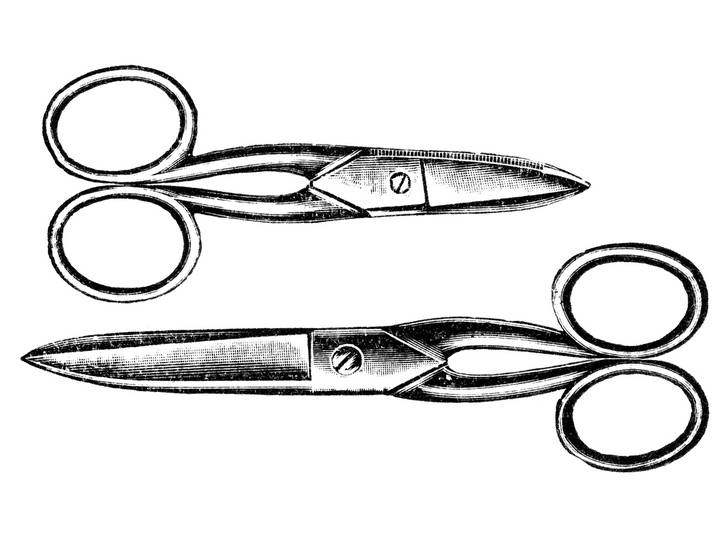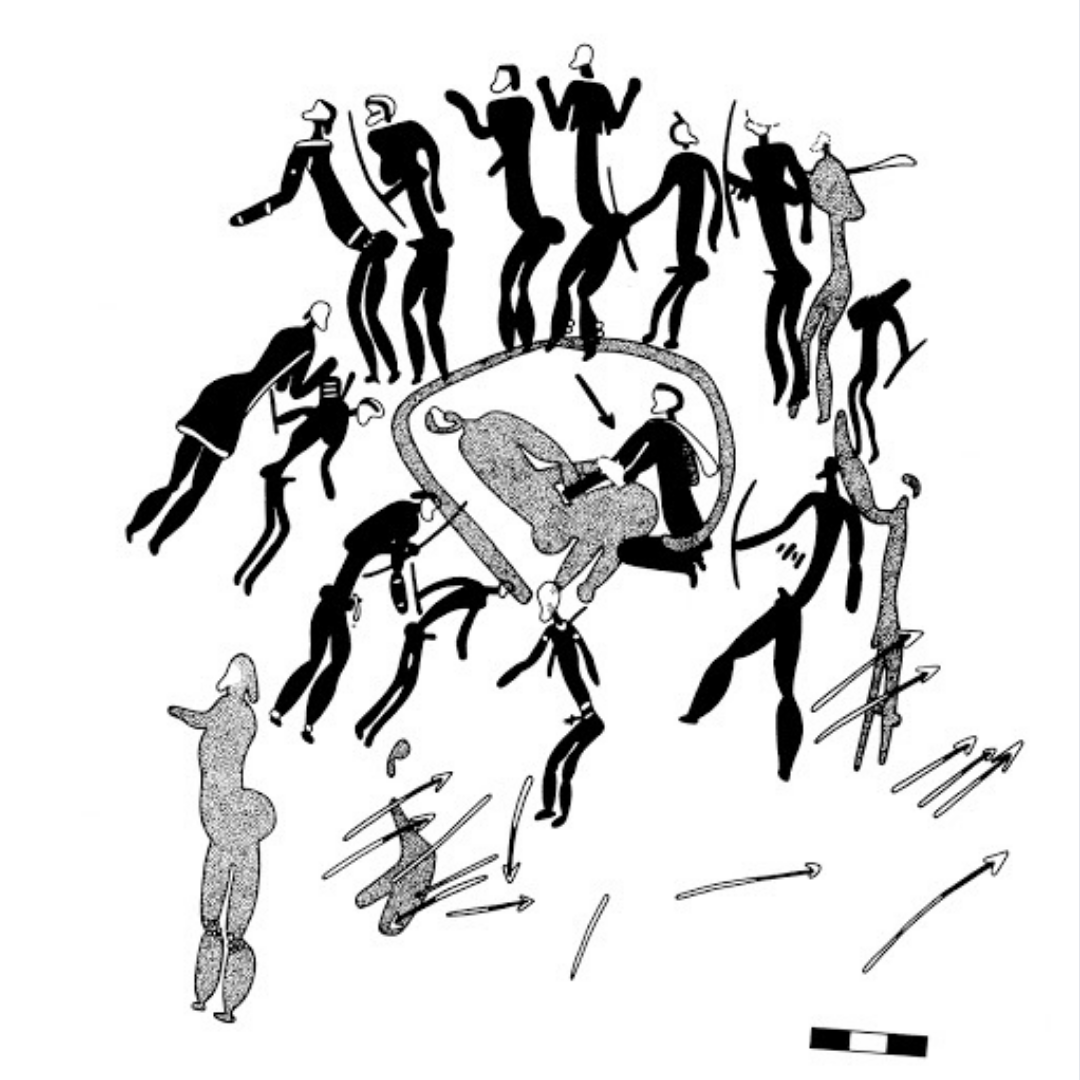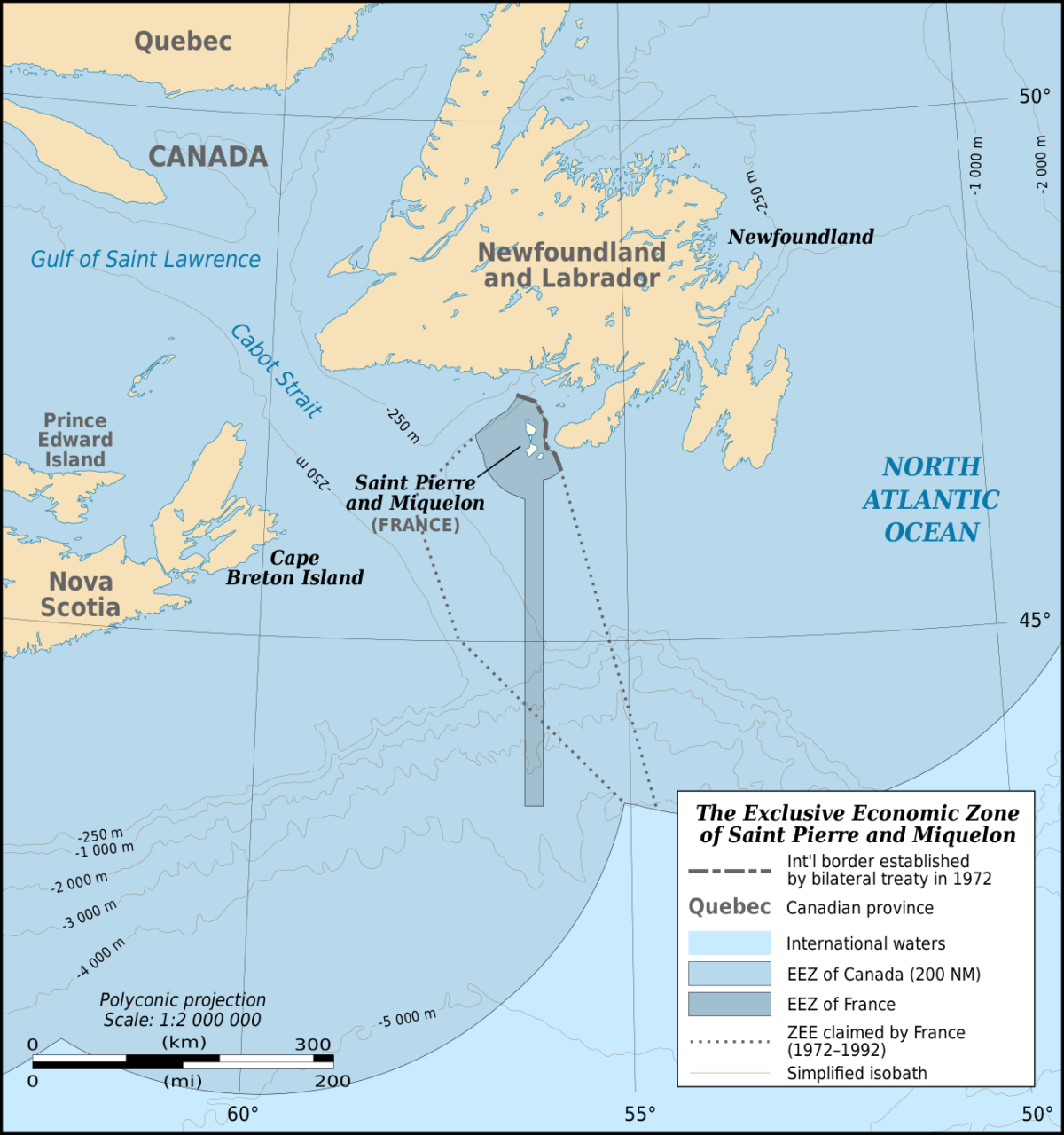The Shavian Alphabet, also known as the Shaw alphabet, was funded by Irish playwright George Bernard Shaw and largely designed by Ronald Kingsley Read. Shaw was interested in replacing the standard English alphabet with an alternative that would remove all the ambiguities from English pronunciation. The new alphabet was based on phonemes and all the letters were distinct from the Roman alphabet. It consists of tall, deep, and short letters, each with a shape that can be written in a single movement. Aside from a small community of enthusiasts, the Shavian alphabet never really caught on, and English speakers continue to deal with remarkably inconsistent spelling norms.
The Shavian Alphabet




